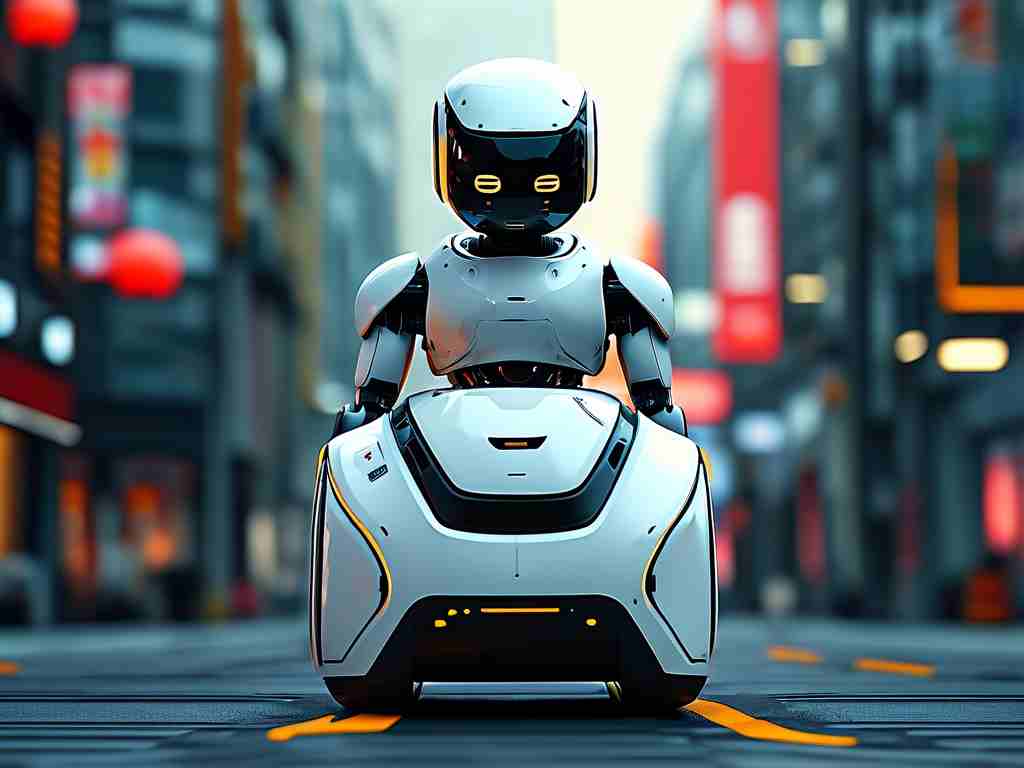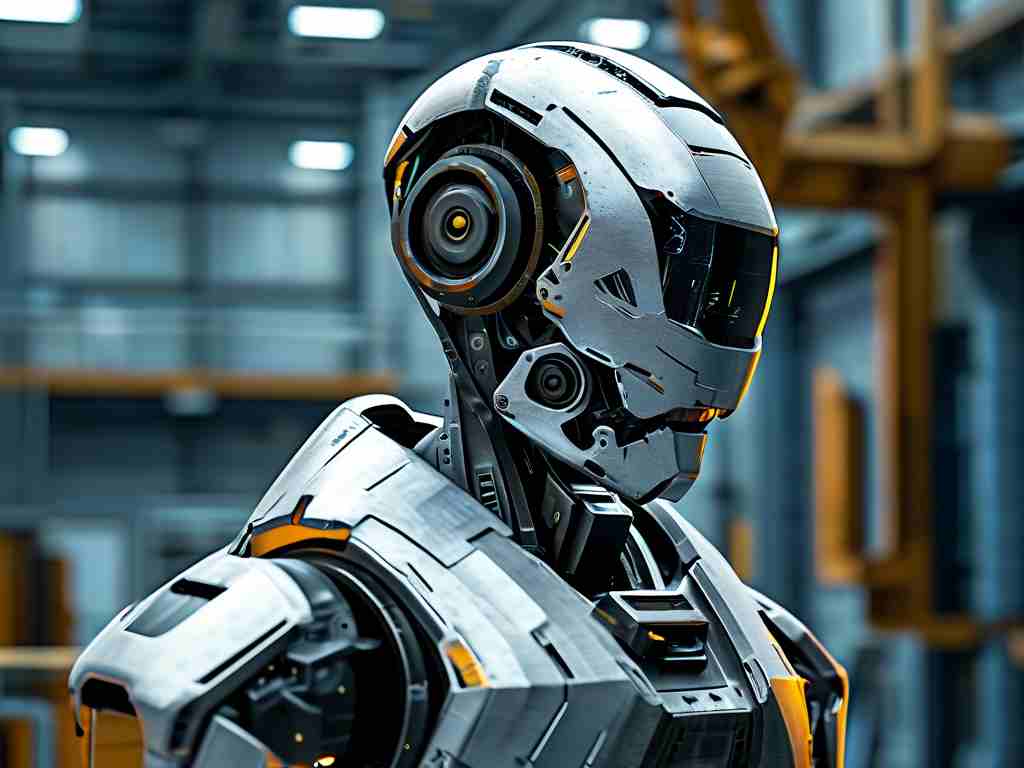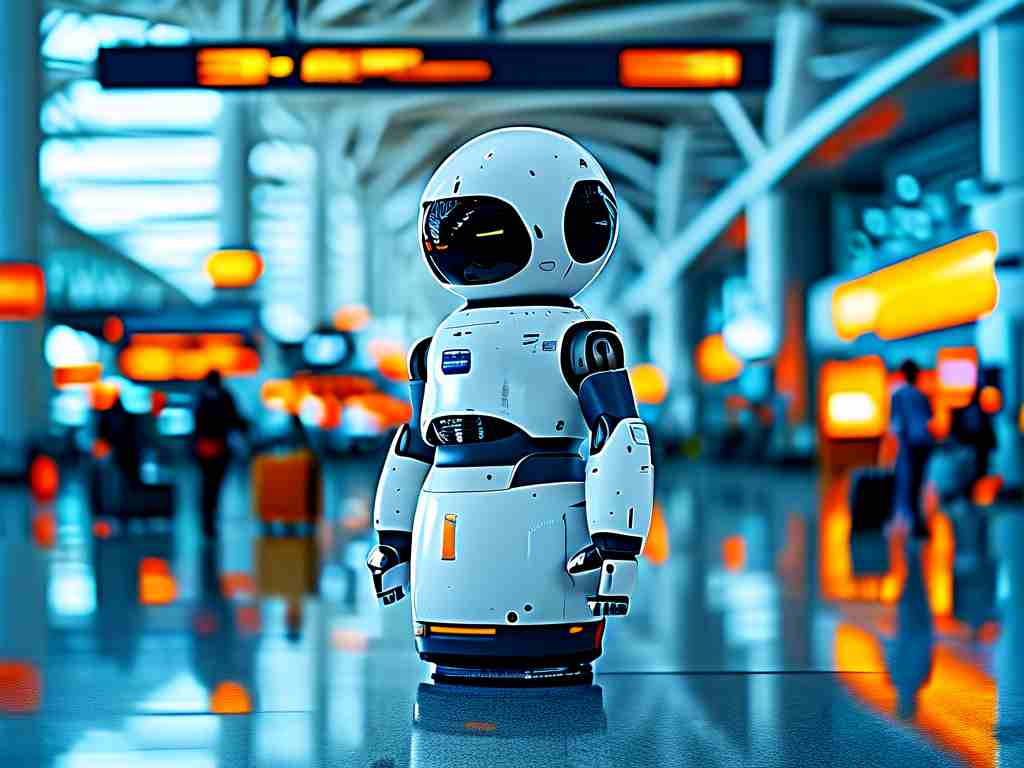The advent of fully autonomous robot navigation technology has transformed industries by enabling machines to operate independently in complex environments. Unlike traditional systems that rely on pre-programmed paths or constant human intervention, modern solutions leverage advanced algorithms, sensor fusion, and artificial intelligence to adapt dynamically. This article explores the core components of this technology, its real-world applications, and the challenges that lie ahead.

Core Technologies Behind Autonomous Navigation
At the heart of fully autonomous navigation are three critical technologies: simultaneous localization and mapping (SLAM), sensor fusion, and machine learning. SLAM allows robots to build real-time maps of unknown environments while tracking their own position within them. By integrating data from LiDAR, cameras, ultrasonic sensors, and inertial measurement units (IMUs), robots achieve a 360-degree understanding of their surroundings. For instance, industrial AGVs (Automated Guided Vehicles) use LiDAR to detect obstacles while relying on IMUs to maintain balance during abrupt movements.
Machine learning algorithms further enhance decision-making. Reinforcement learning, in particular, enables robots to "learn" from past interactions. A warehouse robot, for example, might optimize its path over time by avoiding congested zones identified during peak hours. These systems often run on edge computing platforms to minimize latency, ensuring real-time responsiveness.
Applications Across Industries
The versatility of autonomous navigation is evident in its widespread adoption. In healthcare, hospital delivery robots navigate crowded corridors to transport medications, reducing human error and operational costs. Meanwhile, agricultural robots equipped with GPS and vision systems autonomously harvest crops, adjusting their routes based on terrain and plant density.
Another groundbreaking application is in disaster response. Search-and-rescue robots traverse rubble-filled environments using thermal imaging to locate survivors. Unlike human responders, these machines operate in hazardous conditions—such as nuclear disaster sites—without risking lives. Similarly, underwater drones map ocean floors or inspect offshore oil rigs, relying on sonar and pressure sensors to navigate depths unreachable by humans.
Challenges and Ethical Considerations
Despite its promise, fully autonomous navigation faces hurdles. Dynamic environments—like bustling city streets—pose significant challenges. While a robot might handle static obstacles, unpredictable elements (e.g., pedestrians or sudden weather changes) require unprecedented adaptability. Researchers are addressing this by developing "predictive perception" systems that anticipate movement patterns using neural networks.
Energy efficiency is another concern. High-resolution sensors and AI models demand substantial power, limiting operational durations. Innovations like neuromorphic computing, which mimics the human brain’s energy efficiency, could offer solutions. Additionally, cybersecurity risks emerge as navigation systems become more interconnected. A hacked delivery robot, for instance, could disrupt supply chains or compromise sensitive data.
Ethical questions also arise. Should autonomous robots prioritize avoiding human harm over completing tasks? How is liability determined if a navigation error causes damage? Policymakers and engineers must collaborate to establish frameworks that balance innovation with accountability.
The Road Ahead
Future advancements will likely focus on swarm robotics, where multiple autonomous units collaborate. Imagine drones coordinating to extinguish wildfires or construction robots assembling structures in unison. 5G connectivity and quantum computing could further enhance processing speeds, enabling split-second decisions in chaotic environments.
Moreover, the integration of digital twins—virtual replicas of physical systems—will allow real-time simulation and testing. Engineers might refine a robot’s navigation logic in a virtual warehouse before deploying it physically, reducing development cycles and costs.
In , fully autonomous robot navigation is not just a technological leap but a paradigm shift in how machines interact with the world. As the technology matures, its impact will ripple across sectors, redefining efficiency, safety, and human-machine collaboration. However, success hinges on addressing technical limitations and ethical dilemmas head-on, ensuring these systems serve humanity’s best interests.









